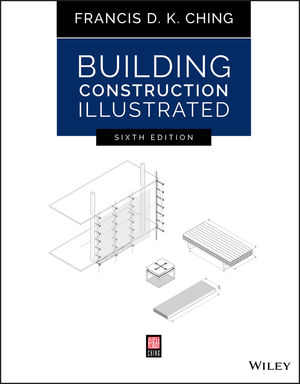Firefighter Testimony in Manhattan Building Fire Trial Raises Questions
Judge Uviller asked Marin directly how much of the conversation between Alvo and DePaola he understood. “Very little,” he replied, adding that they were speaking in loud voices and the tone of their language indicated to him they did not agree.
Marin said that the procedure onsite each day was for the foreman, Ortiz, to receive instructions from DePaola in English, who would then translate them for the Spanish-speaking crew. In describing a conversation in which Alvo allegedly said that the work needed to progress faster, Marin said DePaola allegedly replied, “I’m doing the best I can.” Marin noted that as Alvo spoke to DePaola, Ortiz would tell the crew what was happening.
The day before, two other firefighters who immediately responded to the fire, testified on issues related to water pressure problems in the building.
Fire engine driver Neil Ottrando, a member of Engine Company 7 based near the fire site, testified that in connecting one truck hose to a fire hydrant on the east side of the building and a separate hose to a Siamese connection to pump water into the building’s standpipe system, he then began to pump water from the engine to the standpipe at a pressure of 200 pounds per square inch, the recommended pressure for fires on floors 11 through 20 in a high-rise.
By Ottrando’s estimation, the water flowed at a rate of 500 to 700 gallons per minute, which should have filled the standpipe in “five minutes,” he said. Yet the firefighters already inside the building radioed that they were not receiving water supply from his connection nor from a second fire engine connected nearby.
Ottrando then testified that someone called him over to the burning building where the basement was visible through a gap in the wall. Water was gushing into the basement, presumably from the dismantled standpipe. “It sounded like Niagara Falls,” Ottrando said.
Questions were raised during defense cross-examination, however, when transcripts of radio communications between firefighters inside the building and those on the ground were presented.
The communications revealed at least five requests from frustrated firefighters for permission to use an alternate water delivery system that would have bypassed the standpipe and allowed the hoses to be connected outside the building, Ottrando said. (Such a connection would have been unusual, but not outside approved operating procedure.) The response to the request was “Stand by.” Water was eventually provided via this exterior system about 61 minutes after firefighters first arrived at the scene.
Ottrando also mentioned a peculiar encounter with “two men in suits” who approached him when he and fellow firefighters. “They said they were with the building, so I asked if the standpipe system was working,” he testified. “They said they weren’t in charge of the system, but they would call the guy who was. They made a call and [then told me] he was in a meeting and couldn’t be reached. Then they said that if the standpipe system was working, it was only on the south side of the building.” The identity of the men was not ascertained.
In more than two hours of wrenching testimony, Capt. Steven Gentiluomo of Ladder Co. 78 in Staten Island, who was working that day at a ladder company across the street from Deutsche Bank, described conditions inside the building during the fire. He and other firefighters entered the building at the 15th floor via the exterior construction hoistway, two floors below the “seat” of the fire, as is recommended fire department procedure.
While attempting to ascend to the fire on the 17th floor via internal stairways, the group encountered a barricade that prevented them from reaching the 16th floor, Gentiluomo testified.
He said that neither he nor his crew had been informed of such a barricade, what it was made of, or how it could be opened or removed.
What ensued was a long, dangerous and tension-filled struggle to breach the barricade and reach the fire. The firefighters eventually reached the 17th floor, but without water to fight the fire and running low on oxygen, they were forced to return to a lower floor and escape from the building, Gentiluomo said.
The men made it down to the 14th floor but encountered another barricade between floors 14 and 13. They managed to save themselves by crawling through black smoke back to the 14th floor. There they broke through a window, and climbed along a 5-ft-long piece of angle iron securing the scaffolding to the building, onto the scaffolding itself and down to the 9th floor where a ladder truck was able to reach them.
While New York City regulations require the Fire Dept. to conduct inspections every 15 days at “buildings in the course of construction and buildings undergoing demolition,” this so-called “15-Day Rule” was not observed or enforced at the Deutsche Bank Building site.
Both sides in the case acknowledge that this lack of due diligence resulted in a “lost opportunity” for firefighters to have been provided critical information about conditions they would encounter in the building, notably the barriers constructed in the stairwells between certain floors.
The defense, in cross-examination, also noted that firefighters were unaware of banks of fans used in the abatement process�26 fans on the 15th floor alone�that created a “negative air system” drawing the smoke from the fire downward to the floors below.
These conditions were virtually the opposite of the way smoke usually behaves, something the firefighters on the scene could not have anticipated, said the two firefighters who testified.
After the Deutsche Bank Building fire, the city issued a report with guidelines for “strengthening the safety, oversight and coordination of construction, demolition and abatement operations.”



